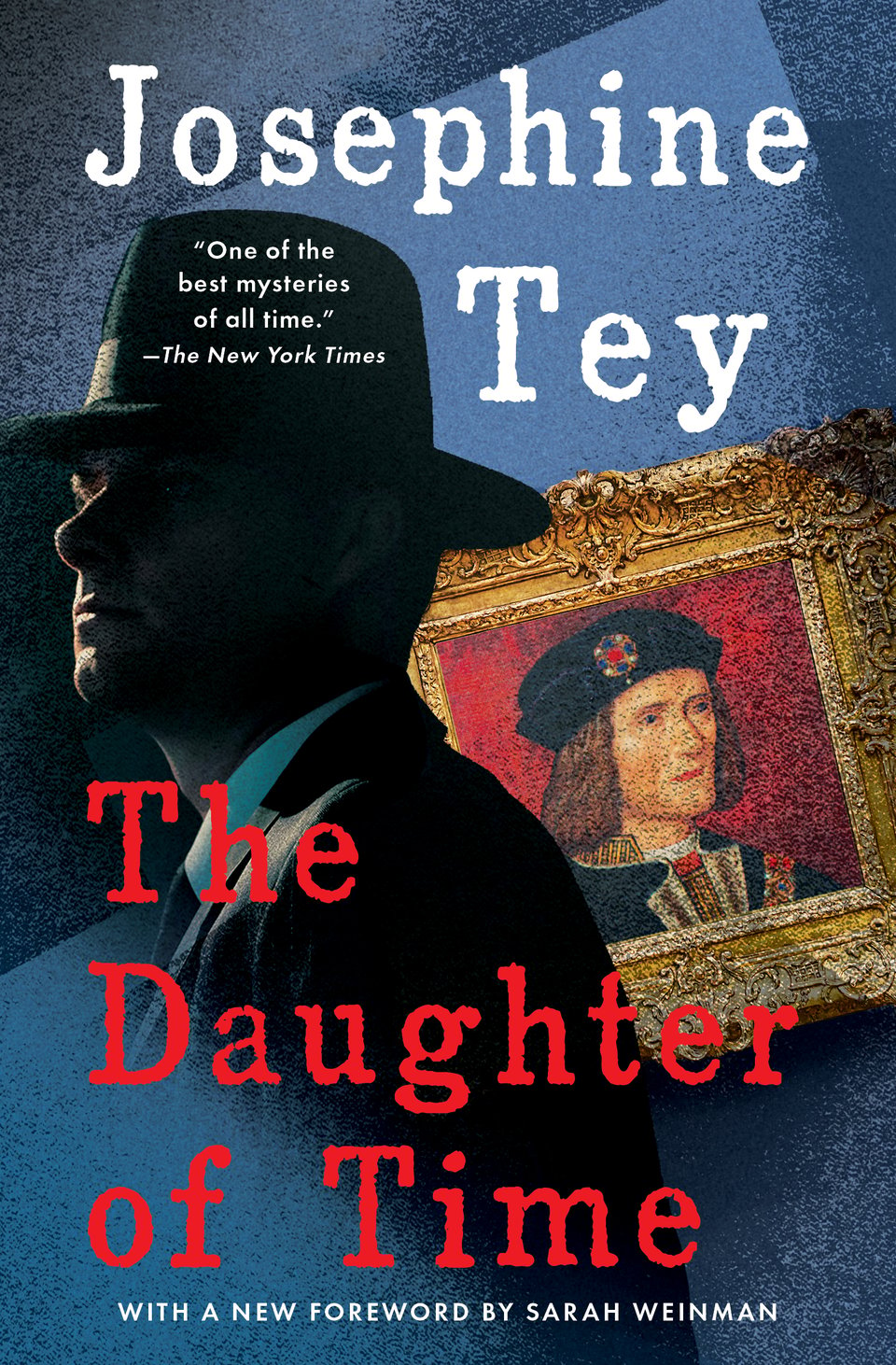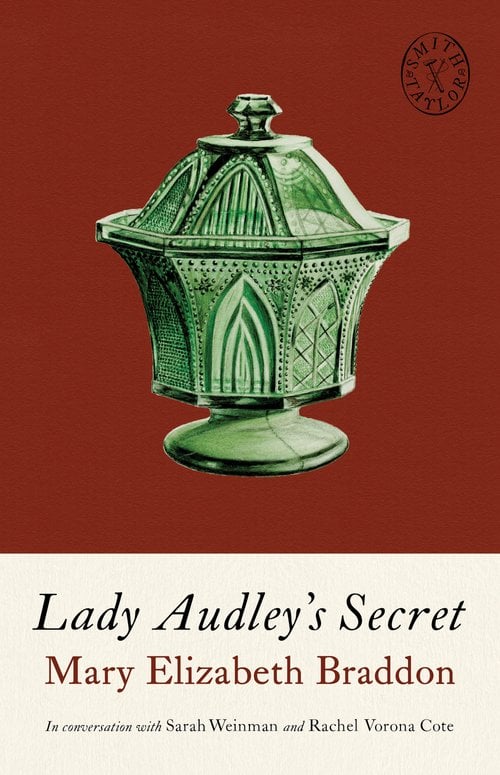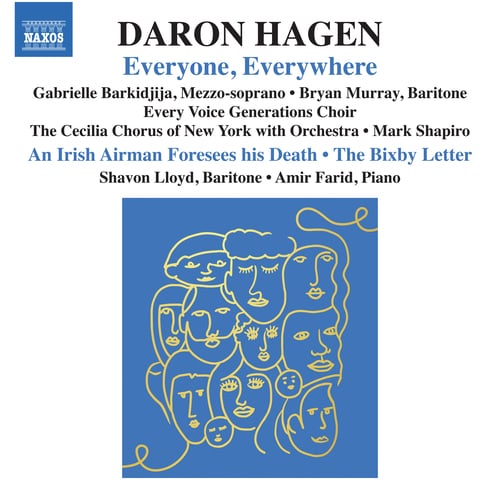The Crime Lady: Announcements Aplenty
Dear TCL Readers,
Last week, I turned in the fully fact-checked draft of Without Consent to my editor. I’ll have lots more to say about the book, and where to pre-order, in a future newsletter, but in the meantime I wanted to catch you up on some smaller projects I’ve been involved with:
**

On March 18, Scribner is reissuing Josephine Tey’s classic crime novel The Daughter of Time with a new foreword by me. This is one of the all-timers, and it was a true honor to expound on exactly why. Here’s a preview of the introductory essay:
I wish I could remember when I first read Josephine Tey’s The Daughter of Time—I must have been around twenty—but I certainly remember how much I loved it, which has only grown with every reread. I had already become a serious reader of crime fiction, immersed in the works of contemporary crime writers in addition to the usual Golden Age suspects like Agatha Christie and Dorothy L. Sayers.
Still, I simply could not comprehend how a mystery writer had produced a book like The Daughter of Time, one perfectly attuned to my love of research, that upended traditional historical wisdom without devolving into outright conspiracy theory. One that featured a wonderful array of supporting characters who only entered a single room to pay court to an ailing detective recovering from a broken leg, bedridden and confined to that space.
Imagine how it felt when readers first encountered The Daughter of Time in its year of publication, 1951. Detective fiction had certainly already bent traditional structures in all sorts of directions, whether through satire (think E. C. Bentley’s Trent’s Last Case) narrative misdirection (Agatha Christie’s still hotly debated 1926 Poirot tale, The Murder of Roger Ackroyd) tone (the hard-boiled works of Dashiell Hammett and Raymond Chandler and Dorothy B. Hughes’s In A Lonely Place)—or by jettisoning order out of chaos altogether (any kind of noir, starting with James M. Cain’s 1934 debut, The Postman Always Rings Twice.)
But a novel like this? Where the detective, Alan Grant, is desperately bored, in need of something to occupy his brain because he can’t go out into the world to do his actual job? Where a question that haunted Britain for centuries—did Richard III really kill his two young nephews, the princes in the tower, in a single-minded late-fifteenth century quest for power?—is actually, credibly solved?
The Daughter of Time was a mystery novel like no other before, though plenty since have copied its irresistible structure: rather than a locked-room mystery in which the murder is an impossible crime, the detective is in (and becomes) the locked room, using cerebral means to reason his way into a solution to a genuine historical conundrum. It is, as the author Robert Barnard wrote, “an unrepeatable success,” one that has garnered innumerable accolades since its publication.
**

At the beginning of the year, the kind folks at Smith & Taylor Classics, Unnamed Press’s new imprint devoted to fiction reissues, reached out to the cultural critic Rachel Vorona Cote and me for a conversation about Lady Audley’s Secret. Rather than a standard introduction, they wanted a freewheeling conversation about the book, which Cote knew well and I had never read before — spoiler, it’s a riotous good time of a melodrama. The result of our hour-long discussion will be the backmatter of this new edition, out on May 6.
**

And for something a little different, and incredibly meaningful: the choir that I sing with, Cecilia Chorus of New York, features on this live recording of Daron Hagen’s Everyone, Everywhere, which was commissioned by the chorus to commemorate the 75th anniversary of the UN Declaration of Human Rights and performed at Carnegie Hall in December 2023. It was thrilling to sing at the time and even more so to listen to the full recording, released by Naxos earlier this month. If you’re looking for musical distraction from everything, this cantata will absolutely transport you.
Speaking of the choir, our next concert is Saturday, April 26 at Carnegie Hall and we are singing Brahms’ Requiem and The World Called by Adolphus Hailstork — set to the poem “Testimonial” by Rita Dove, who will be reciting it at the concert. Ticket information is right here.
**
One of my goals, now that the book is in production, is to send newsletters at a more regular clip. As I figure out the right pacing and style — there will be Q&As and essays and shorter-form stuff — you’ll be the first to know.
Until next time, I remain,
The Crime Lady